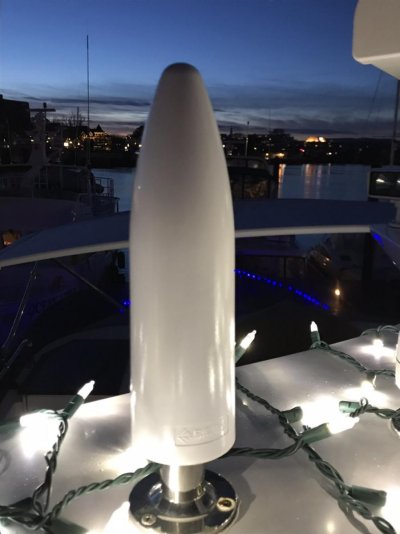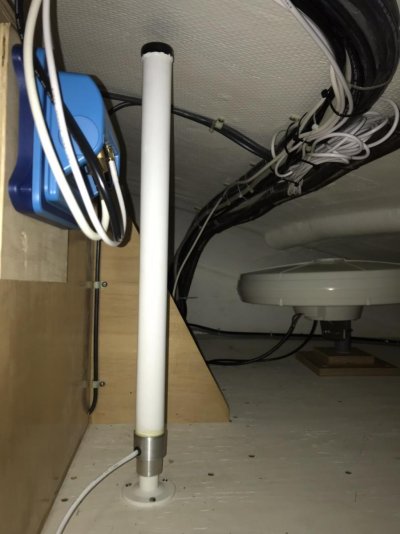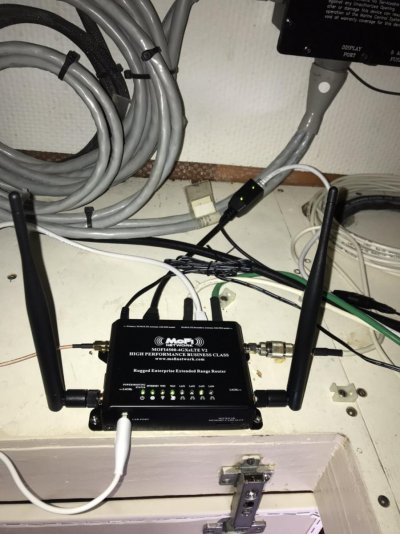Auspicious
Member
I am looking to add a wifi to the boat. To be clear, it's for when I am in a marina I can connect to the internet. Maybe I am looking for a wireless booster?
Quite a range of advice here, some good, some not so much.
The term for what you are looking for is a WiFi range extender. The function is to provide a longer range connection to a shore-side WiFi access point (AP) and distribute that signal inside your boat over some combination of Ethernet and WiFi. A number of people have referred to "hotspots" which have a cellular connection to the Internet and distribute that connection over WiFi.
The three big players in this space are the Ubiquiti Bullet (which is oft relabeled with private brands), the RedPort Halo & Optimizer, and the Mikrotik Groove. The Bullet is the 800 pound gorilla. The good news is that support is readily available, the equipment works great, and the user interface is pretty easy to understand. I do not recommend the private labels as many use custom firmware that is not as stable and support can be disappointing. The Halo is great if you are moving around a lot and want to integrate WiFi range extension, cellular data, and satellite. Downsides are that supported accessories, especially cellular, are limited. The Groove is a clone of the Bullet router with no bridge capability; you don't care about bridges if you don't already know the difference between a bridge and a router. *grin* The overwhelming advantage of the Groove is the customer service of Bob Stewart at IslandTimePC.
At the high end you can use a Bullet and a Cradlepoint inside router to build a bullet-proof (ha!) system that can take you around the world.
I sure would like to see what is being delivered for $6,000US. I am shipping a system on Monday to a customer for less than $420 completely configured ready to connect to 12VDC (including ring terminals for the electrical panel circuit breaker). Bullet, Air802 antenna, mounts, Linksys router, POE, 100' Ethernet cable, configuration, pack and ship. Customer screws the ring terminals to the breaker and ground bus, flips on the breaker and logs on to WiFi with her boat name and her requested password. Nothing particularly special about this configuration service -- same as Bob Stewart provides at IslandTimePC. I think you can get something similar from Rob Anderson at SeaTech systems.





